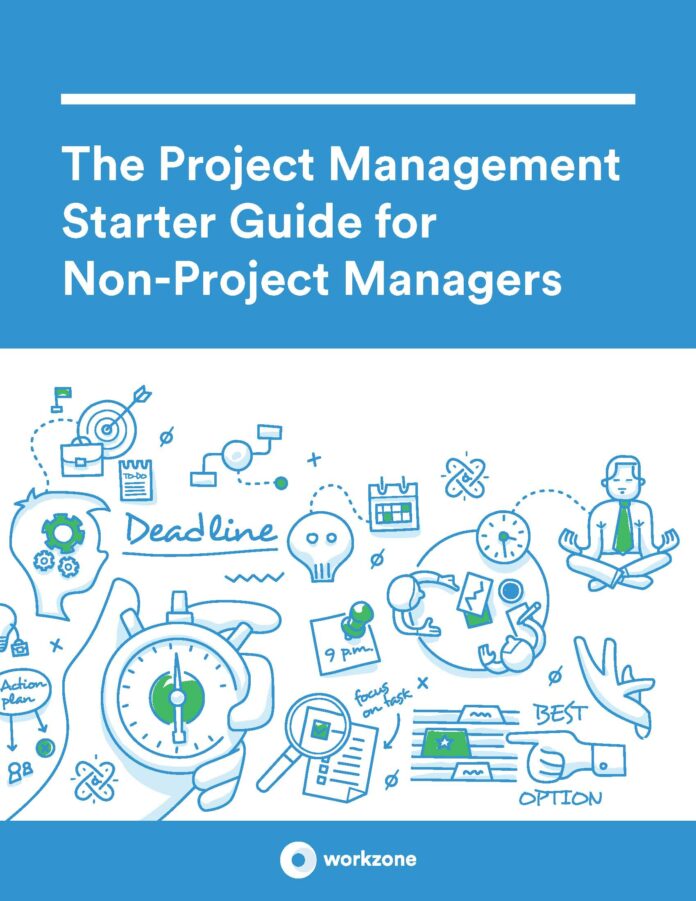What Does the Secret Project Manager Look Like?
The Secret Project Manager probably didn’t go to business school. She probably didn’t get a management degree. The Secret Project Manager might be an engineer, a computer science graduate, a marketer, an advertiser, or an editorial manager.
She or he is any person that leads a team of people towards a certain goal—and really, that could be anyone. They find themselves accountable to stakeholders, give status updates on projects to higher-ups, or oversee budgets and resources for a team of people.
Congratulations, You’re a Project Manager! (And You’re Going to Be Just Fine)
Congrats on your newfound title of Project Manager! Have we scared you? Does it sound all fancy and nebulous? The good news it’s that it’s not. The good news is that we’ve created this guide just for YOU, the project manager who doesn’t know she’s a project manager yet—and you’re going to be just fine.
Whether you’re the Marketing Project Manager, Engineering Project Manager, IT Project Manager, or PM of any other kind, we’ve got your back. We’ll cover all the basics you need to succeed in your role, including what a project is, the skills you need to make things run smoothly, and the 5 phases of a project—including getting things kicked o! right and wrapping everything up at the end. And by the end of it? You’ll be a pro.
What Is a Project?
Ah, our first lesson. We did say we were going to keep things simple and straightforward, didn’t we? Did we? Well, we are. This guide is for those of you who haven’t even ever used the words “project management” at work, so we’re going to start from the bottom and work our way up.
Here’s our definition of a project.
A project is a set of tasks grouped together with a common goal in mind that: 1) has a clear start and finish; 2) creates something new (even if it already exists elsewhere); 3) has boundaries (such as project scope and specifications); 4) and has someone in charge or someone personally invested in the outcome.
A Project Has a Beginning and End
What do we mean by that? Basically, a project has a scope, or a clear start, finish, and summary of everything that needs to get done in between.
It’s not going to go on forever or even for a long period of time spanning, say, a few years (unless you’re in research or architecture—then it might!). If it did go on for years at a time, it’d more likely be called a program, which is a group of projects with a common goal that is usually recurring and similar in scope but just spread out over time.
But we won’t get into that now. All you need to know is that a project needs a start date and an end date and an overview of what needs to happen in between. Clear boundaries like these—even if there isn’t really a deadline by which the tasks need to be done—give us a nice, neat structure to work within that makes it easy to set time-bound goals and get stu! done.
A Project Creates Something New
You’re doing it now because you haven’t done it already.
That’s not to say, if you’re an advertiser, you’ve never created a mockup for an ad before. But maybe you’ve never created a mockup from this photo shoot, with this kind of copy, and for this month’s magazine of, say, Women’s Health. You’ve built mockups, but not like this.
It’s not the first advertising mockup to ever be created, but it is new information that you want your audience to see. Because you wouldn’t spend more time and resources building the same ad twice, would you? Of course not.





